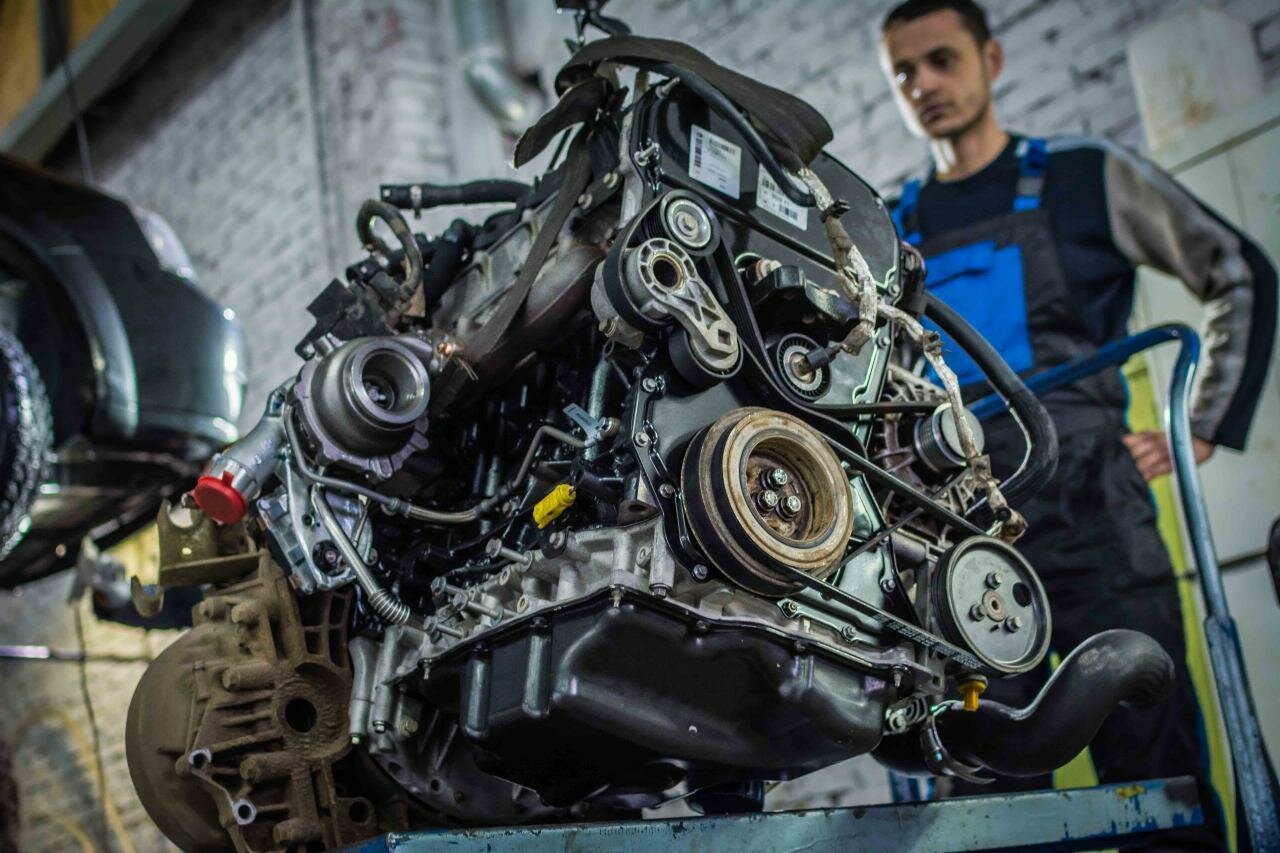2017 Chevy Silverado Engine Problems
A Brief Overview
The Chevrolet Silverado has long been a staple in the pickup truck market, known for its durability, performance, and versatility. Since its debut in 1998, the Silverado has evolved through several generations, consistently appealing to both work-oriented users and everyday drivers. By 2017, the Silverado was in its fourth generation, boasting a range of engine options and advanced technology features aimed at enhancing both performance and comfort.
However, despite its reputation, the 2017 Chevy Silverado has not been without its share of engine-related issues. As with any mass-produced vehicle, manufacturing inconsistencies and design flaws can lead to significant problems that affect reliability and performance. Owners have reported a variety of engine troubles, ranging from minor performance hiccups to more severe mechanical failures. These issues have raised concerns among consumers and potential buyers, prompting discussions about the overall dependability of this popular truck.
The 2017 model year introduced several engine choices, including a 4.3-liter V6, a 5.3-liter V8, and a 6.2-liter V8. While these engines are designed to deliver impressive power and towing capacity, they have also been linked to various problems that can compromise the driving experience. Understanding these engine problems is crucial for current owners and those considering purchasing a used Silverado from this year. This article will delve into the specific engine issues reported by owners, the potential causes behind these problems, and what can be done to address them.
Common Engine Problems in the 2017 Chevy Silverado
The 2017 Chevy Silverado has garnered a mix of praise and criticism, particularly regarding its engine performance. While many owners appreciate its towing capabilities and overall power, several engine-related issues have surfaced that cannot be overlooked. Below are some of the most frequently reported problems associated with the Silverado’s engine lineup.
Engine Misfires
One of the most common complaints among 2017 Silverado owners is engine misfires. This issue can manifest as a rough idle, a decrease in power, or even stalling. Misfires can be caused by various factors, including:
- Faulty spark plugs
- Defective ignition coils
- Fuel injector problems
- Vacuum leaks
Addressing misfires promptly is crucial, as they can lead to more severe engine damage if left unresolved.
Oil Consumption Issues
Another significant concern is excessive oil consumption. Many owners have reported that their Silverado consumes oil at an alarming rate, requiring frequent top-offs between oil changes. This problem can be attributed to:
- Piston ring wear
- Valve guide seal failure
- PCV (Positive Crankcase Ventilation) system malfunctions
Excessive oil consumption can lead to engine wear and tear, ultimately shortening the lifespan of the vehicle.
Transmission Problems
While technically not an engine issue, transmission problems often go hand-in-hand with engine performance. Many Silverado owners have reported rough shifting, slipping, or delayed engagement, which can be frustrating and dangerous. Common causes include:
- Low transmission fluid levels
- Worn transmission components
- Faulty transmission control module
Addressing these issues promptly is essential for maintaining optimal performance and safety.
Overheating
Overheating is another critical issue that has been reported by some 2017 Silverado owners. This problem can lead to severe engine damage if not addressed quickly. Common causes of overheating include:
- Coolant leaks
- Faulty water pump
- Thermostat failure
Regular maintenance and monitoring of coolant levels can help prevent overheating issues.
Table of Symptoms and Consequences
| Symptom | Possible Cause | Consequences |
|---|---|---|
| Engine misfires | Faulty spark plugs, ignition coils | Reduced power, potential engine damage |
| Excessive oil consumption | Piston ring wear, valve guide seal failure | Increased wear, engine failure |
| Rough transmission shifting | Low fluid, worn components | Unsafe driving conditions, costly repairs |
| Engine overheating | Coolant leaks, faulty water pump | Severe engine damage, costly repairs |
Top views |
|
|---|---|
 |
Oil, Timing Chains, Pistons: What Really Kills an Engine Prematurely? |
 |
How to Choose a Car with a Reliable Engine: Used Car Market Hacks That Actually Work |
Conclusion
The 2017 Chevy Silverado, while a strong contender in the pickup truck market, is not without its engine problems. From misfires to excessive oil consumption, these issues can significantly impact performance and reliability. Owners should remain vigilant and proactive in addressing these concerns to ensure the longevity of their vehicles. Regular maintenance and prompt repairs can mitigate many of these problems, allowing drivers to enjoy the full benefits of their Silverado.




0 Comments